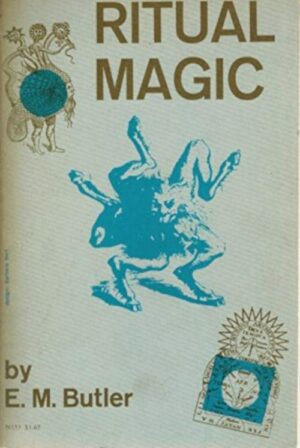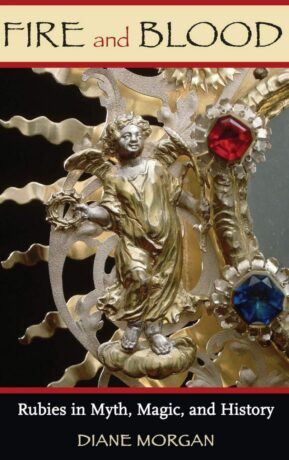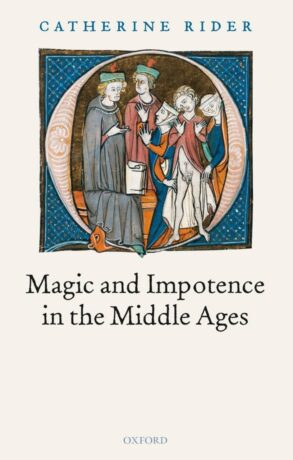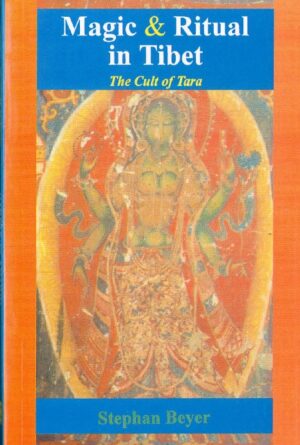Skip to content
"The ruby is the world's most precious and rare stone. For the ancient Hindus, the ruby was Rajnapura: the Gem of Gems, at whose heart surges an eternal, unquenchable flame. Yet, for all its rarity and beauty, the ruby has always been a slightly sinister stone. Indian legend says the ruby was born from the blood of a demon. Indeed, the ruby is very close to a wild, living being: fiery, passionate, and dangerous. It has been at the center of love and wars, a symbol of passion, greed, and strong magic. Ancient sages and modern crystal healers have credited it with strange powers―from the granting of prophetic insight to protecting one from bullets....>>
"Morgan discusses the origin of the emerald, its peculiar structure, and its strange allure. The story weaves across several continents and thousands of years. It is a tale of conquistadors, treachery, shipwrecks, and alchemy. Along the way, we meet scientists and kings and bear witness as the great emeralds are born, mined, smuggled, cut, and sold. The book also discusses the modern art of making synthetic emeralds. From the fastnesses of Afghanistan to the steamy jungles of Colombia and Zimbabwe, from the sands of Egypt to the bitter Urals, this is the story of a stone whose strange journey reflects the yearnings, greed, passions, and longing for beauty of the human race."...>>





